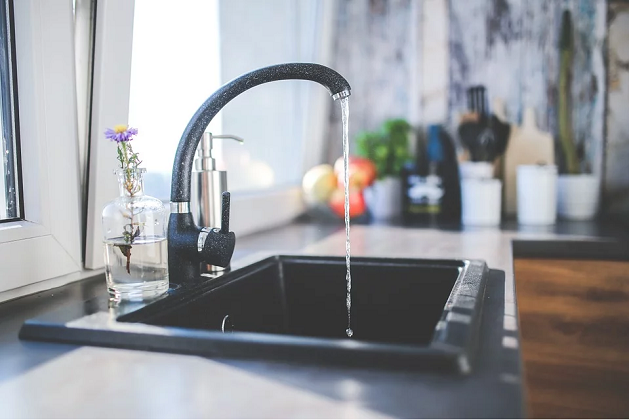There are a few specific things you should know about first, if you want to prevent your outdoor faucets from freezing and save a lot of money on repairs and replacements. Yes, you will get specially designed outdoor faucets or spigots in the market that are advertised as ‘freeze-proof’ but there is however no guarantee that these faucets will not freeze when the temperature outsize is freezing.
Therefore, every faucet needs a cover and it will benefit when you out it on. This is the best and easiest process to winterize your outdoor faucets. However, you will need to know a few things before you use an outdoor faucet cover, right from its working process to its installation.
The outdoor faucet covers work using one of the two styles:
- They may be made from a rigid thermal foam with a flexible gasket along its edges or
- There may be flexible insulated bags to secure around the faucets.
When installed properly, these covers will seal the base of the faucet tightly, irrespective of the style of faucet you choose, and save your faucet from rupturing due to the cold weather conditions.
- These covers actually work by trapping heat.
- This heat is radiated naturally through the pipes to the spigot outside.
- There is an insulated cover that prevents this heat radiation from escaping.
Therefore, the water inside the faucet is prevented from freezing, expanding, and, as a result, rupturing the faucet.
Ways to winterize faucets
Ideally, most of the pipes in your home plumbing system will be laid in such a way to protect it from cold and freezing. These are typically insulated and get the desired heat from the thermostat preventing it from bursting due to freezing.
If you want to prevent such thing from happening, here are a few steps that you can follow which will successfully winterize your faucets and help you avoid repairs and other problems in the future.
- Pre-winter draining: This is an easiest and cheapest method to prevent your pipes and faucets from freezing. Find the valve in the basement that controls water flow to the outdoor faucets and turn it off. Open the faucets outside to drain out the excess water from it. Remove all splitters, hoses, and other attachments to make sure the faucet drains properly and completely.
- Frost-free hose bib: Install this if you cannot drain out or shut off the outdoor lines. This will replace the old faucet completely and will runs into the side of your house by several inches where the shut off valve is. This will create an individual vale for each faucet to drain it in winter.
Also install proper insulation with cloth sacks or Styrofoam as another preventive measure.
Disconnecting the hose
Detaching the hose from the faucet is essentially important to winterize it. To disconnect, turn the valve counter-clockwise, wriggle the hose back and forward, tap the faucet lightly with a hammer to remove any debris from inside.
You can also spray it with WD-40, wait a few minutes and release the hose using pliers.


